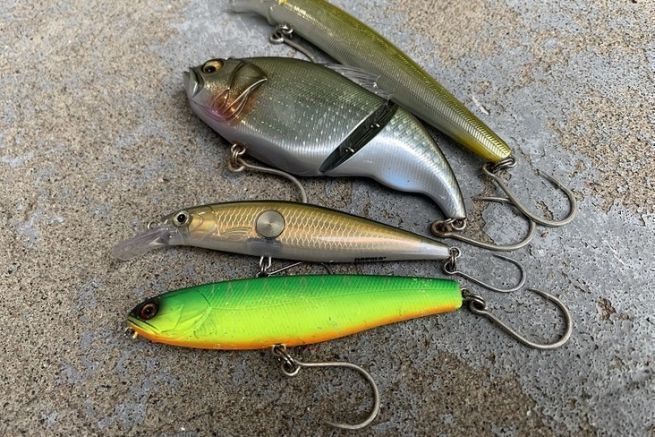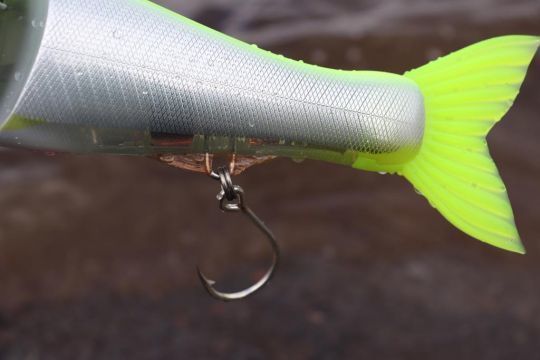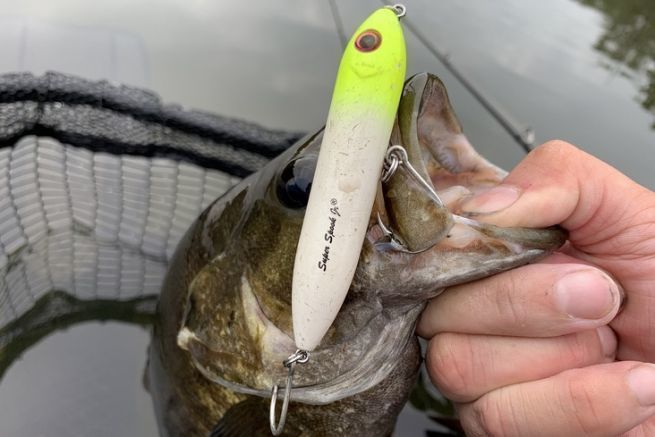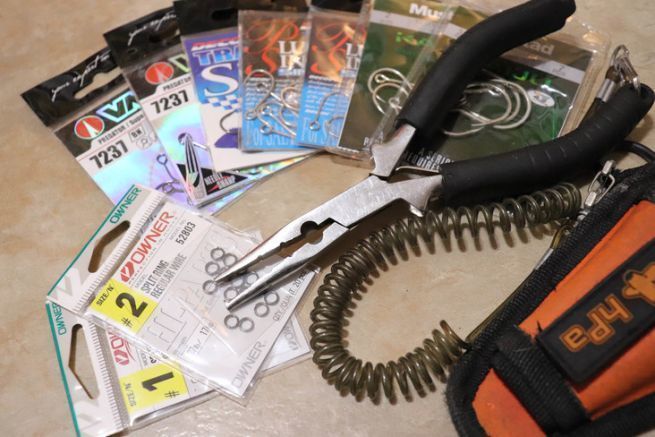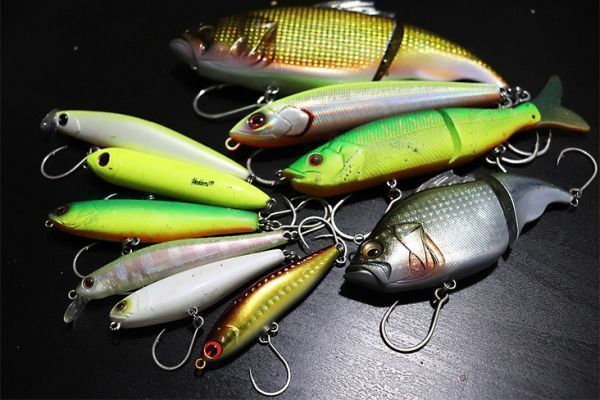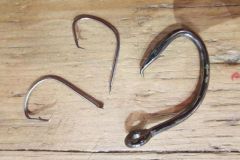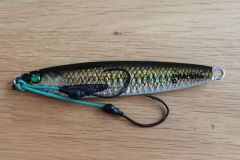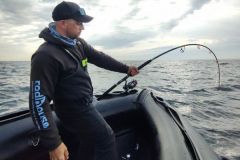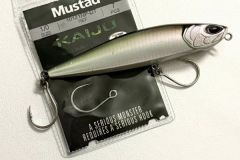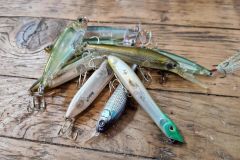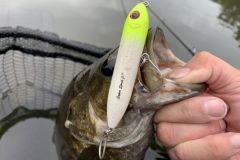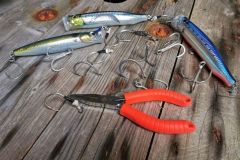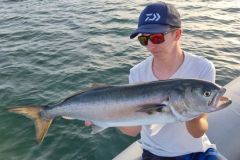1 - The size of the hook
There are no specific rules for choosing single hooks to replace trebles on a hard lure, except that the eye of the hook must be in the same direction as the curve.
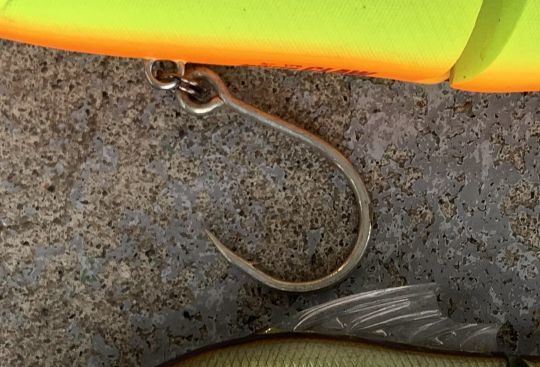
As a general rule, 1 or 2 sizes larger than the original triple is the right choice. What is important is to find the right balance in terms of travel, i.e. the amount of free space in front of the point. A hook that is too small will not expose the tip of the hook enough, while a hook that is too big will be too far from the lure and the fish may not take the tip of the hook in its mouth when it attacks. Moreover, the size of the hook will also depend on the species targeted, for the same lure, we agree that if it is used to fish for asp or barracuda, its armament will not be the same.
2 - The weight
The weight of the hooks is the most limiting factor when changing the rigging of a hard lure, especially on models where the weight determines the action of the lure, such as suspending or floating. Once the singles are installed, to add weight, it is always possible to find little tricks like wrapping lead wire around the hook or adding a lead-clip, to adjust the lure's swimming action. If on the other hand you want to lighten the rig, one of the only solutions is to reduce the size of the hooks, or their number.
3 - The position of the hook
When you put hooks on a lure, you have to imagine them in action, that is, the position they will take when the lure is pulled back, and imagine how the water pressure will position them. Indeed, in action, the hook will not hang under the lure, but will stick against it. Generally speaking, the tip of the hook is positioned towards the head of the lure. As for the tail hook, it can be turned in both directions and it is complicated to say that one way is better than the other. Commonly, we turn it pointing away from the lure's head, like the bottom lure in the photo below. However, for small lures, especially for trout, it is preferable to turn it pointing towards the head of the lure.
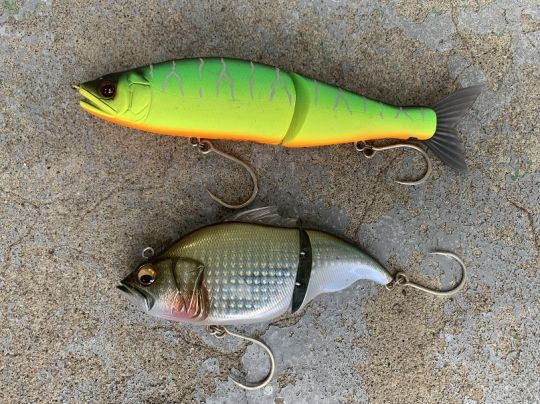
Finally, changing triples on a hard lure for singles is something easy. It's a trade-off between the positive points that this type of hook brings, compared to the original hooks, and sometimes you have to accept to modify the swim of your lure. Some lures are very well suited to the game, others less so, and we must be able to accept that the lure does not keep its characteristics of the factory. If the swim is too modified and the use of singles is not optimal, there is always the possibility of crushing the barbs of the original triples, to limit their impact.

 /
/ 